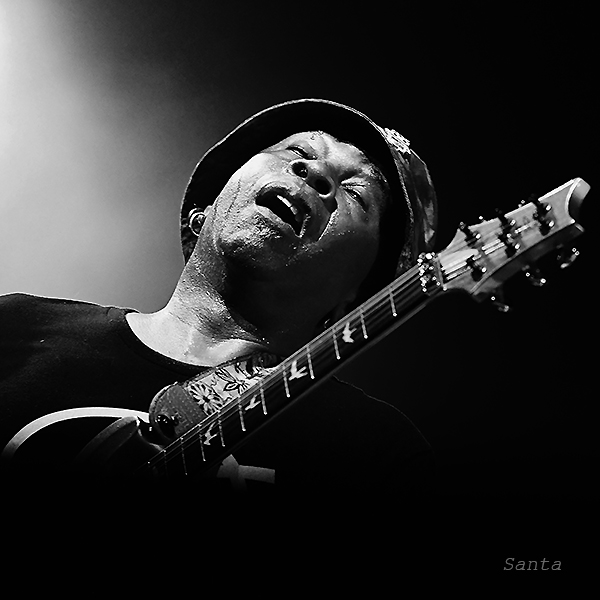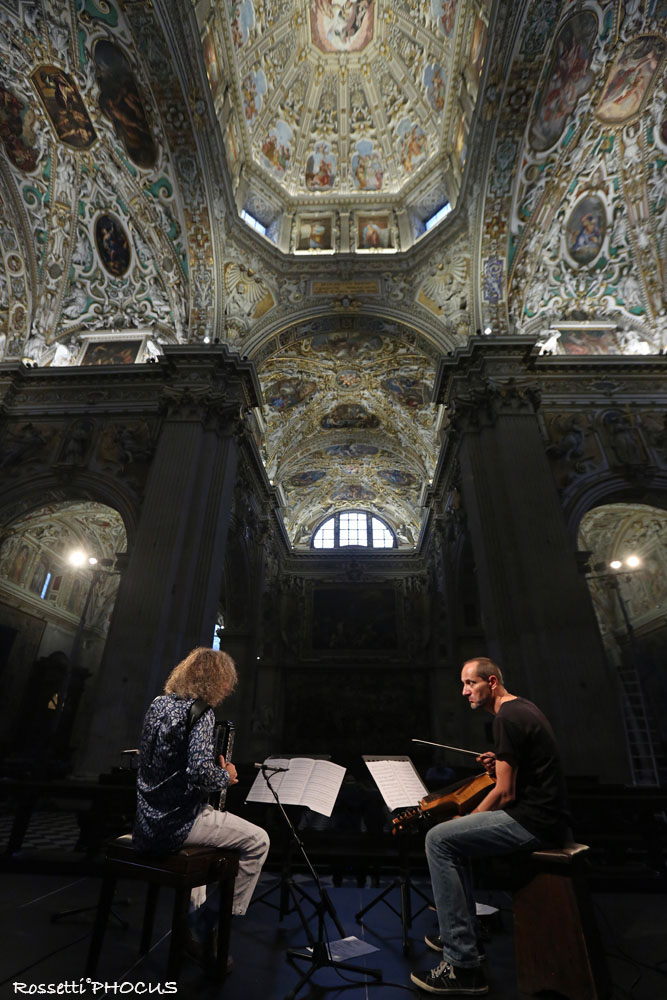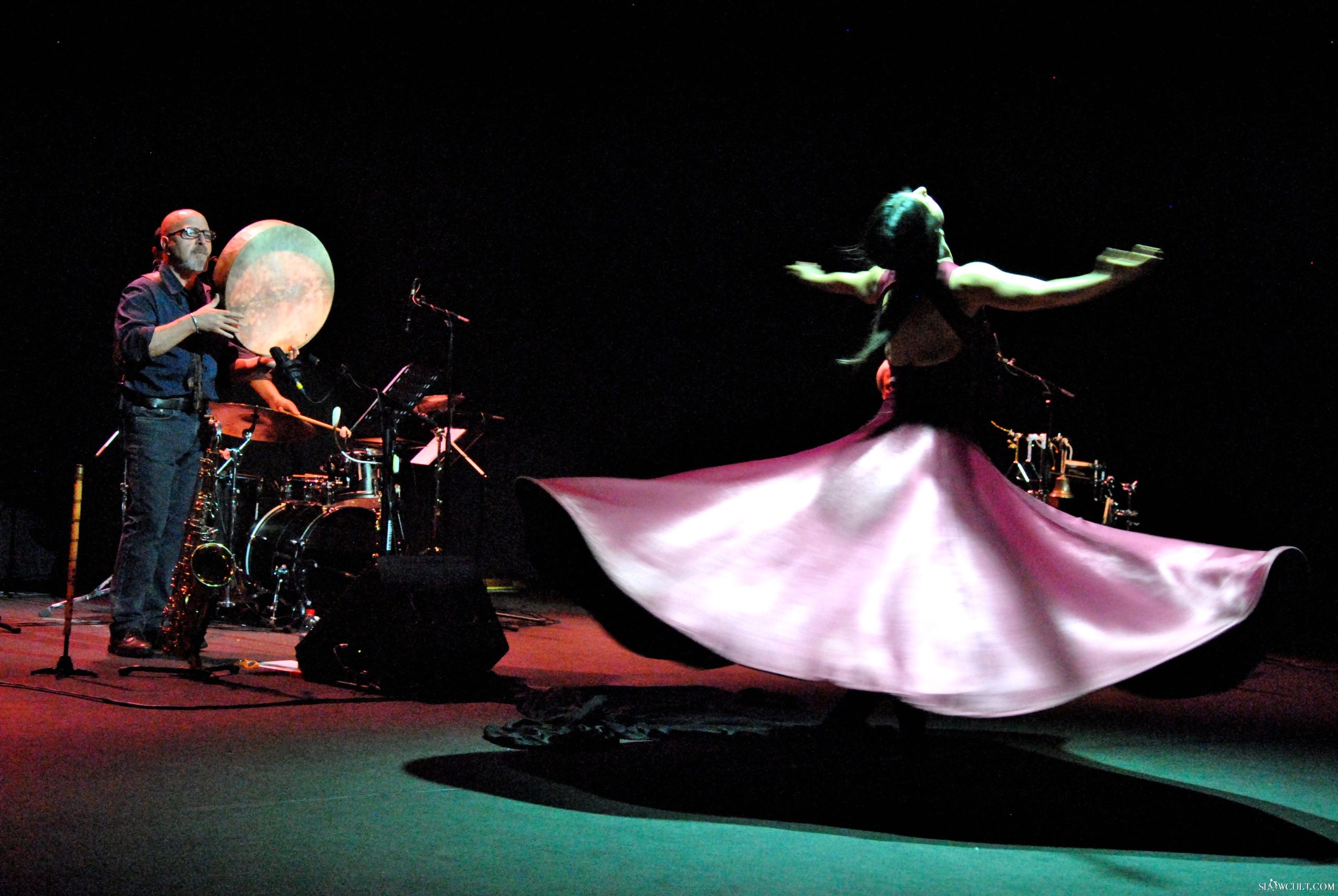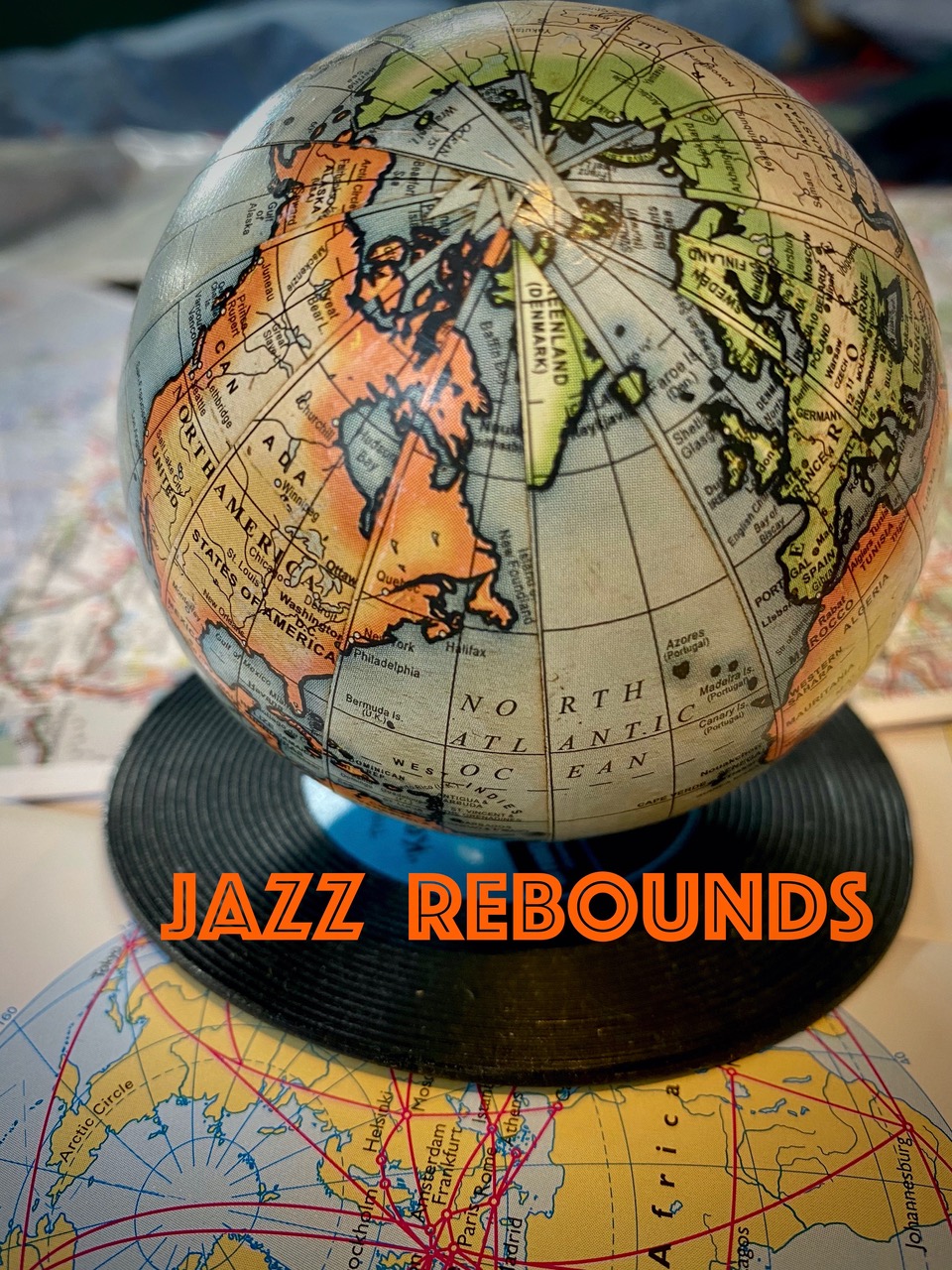Summer is main jazz festival season in Europe, July being the chosen month for the majority of them in Spain, including those historically considered as the strongest ones in the continent, some based in the Basque Country.
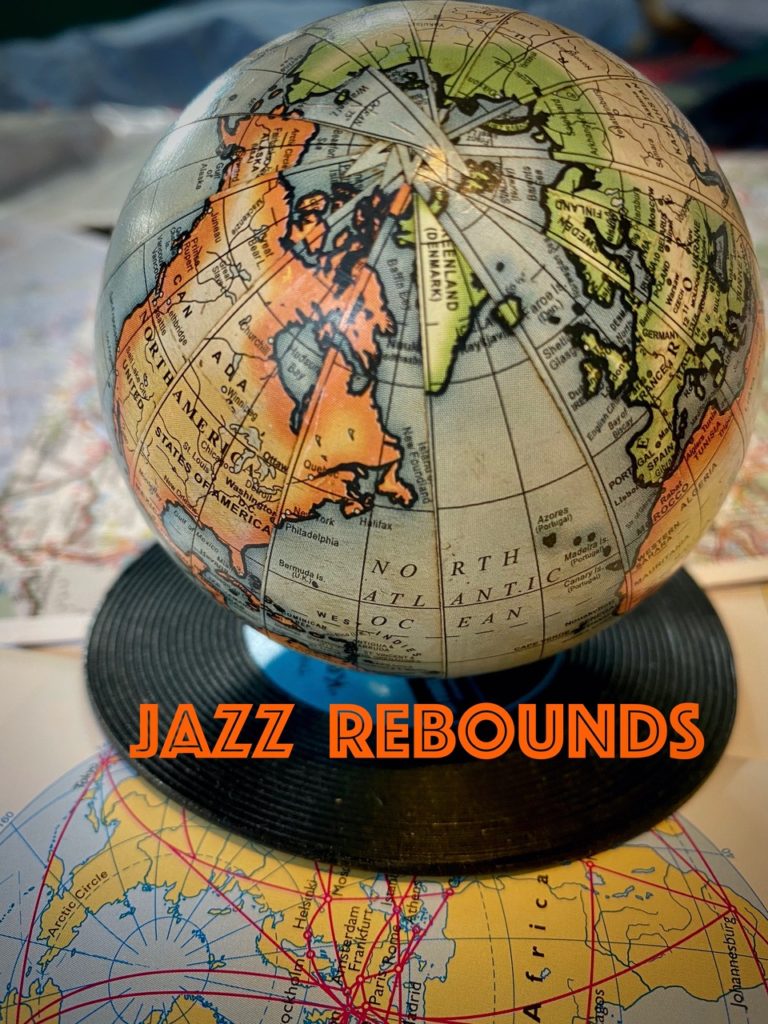
In fact, we should have celebrated the 45th edition of Vitoria-Gasteiz International Jazz Festival (JazzVitoria) this summer, but 2020 happened, forcing the festival last year to cancel its usual full plans and focus on celebrating saxophonist Charlie Parker’s centenary for a limited public.
Still, that made JazzVitoria one of the few organizations able to offer live music at all last year in Spain. And from July 14 to 18, 2021 JazzVitoria rebounded in full production for the 44th time.
Two defining features colored the festival.
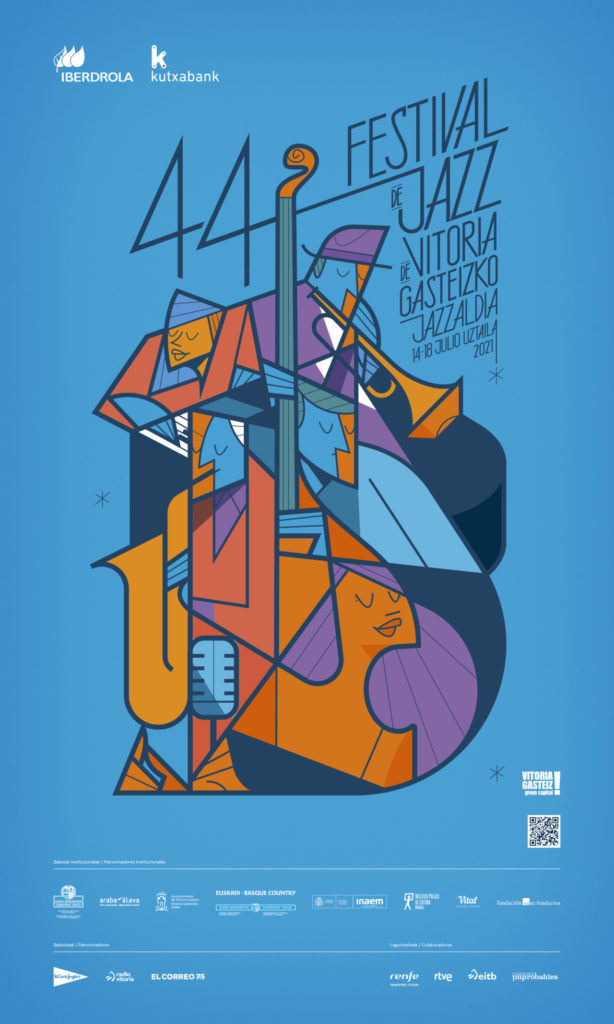
First, of course, were changes instituted due to the pandemic.
The city council imposed a new venue for the concerts, Iradier Arena, leaving the public and musicians alike to mourn the legendary Mendizorroza stadium, a venue tailor-made to accommodate the idiosyncrasies and standards of a world-class European fest. Mendizorroza’s capacity is almost 20,000, restricted to 3000 during the pandemic. This politically-based order reduced the fest’s audience by two-thirds, so only 1000 could attend (600 on the first day, near-capacity thereafter) and hurt the quality of the sound. At least we still had the Principal Antzokia theater in which to enjoy five concerts, one each day.
Even so, the reduced, masked audience was eager to come back home. And, indeed, JazzVitoria was home, but also a manifestation of all the uncertainties at the time. Spectators in attendance were notably overwhelmed by fear, thrills, anxiety, serenity, joy and caution; most of the musicians played like it was their last day on earth. Some became tearful at the end of their shows. Some were the image of utter happiness.
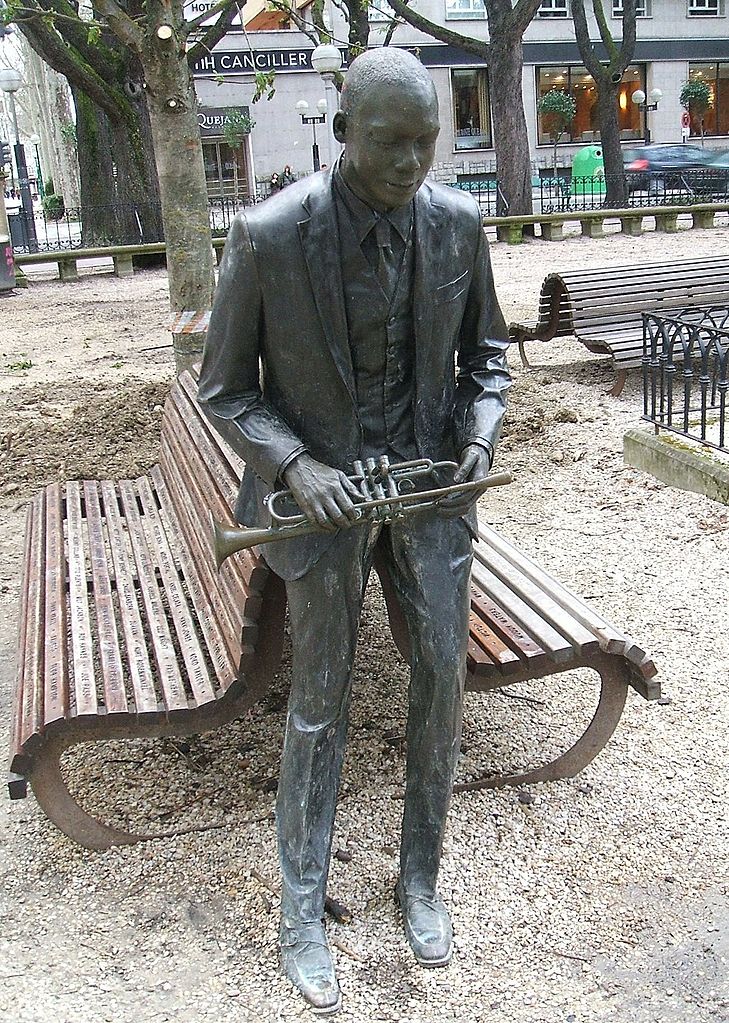
The second aspect imbuing JazzVitoria 2021 was its renewed (it must be said: pre-pandemic) philosophy: A vision close to jazz reality, where talent is the focus rather than preconceived notions of quality based on players’ genders or nationalities.
“It’s about time a jazz festival in Spain programmed women and domestic musicians,” said composer-drummer Lucía Martínez at the end of an imaginative, compelling concert with her group The Fearless.
The JazzVitoria audience went crazy for the Spanish musicians, all presenting brilliant projects: from Martínez’ one-of-a-kind musical world to the solid sensitivity of veteran jazzmen, the shelter of beauty offered by Miguel Salvador Quartet, the Caminero Trio (a leading exponent of true flamenco-jazz, sharing the stage in a really alluring musical date with the Michael Formanek-Mary Halvorson-Tomas Fujiwara trio Thumbscrew), and the rich [meta]musical compositions by the Moisés P. Sánchez Project.
It’s important to address what happened during the noon-time shows:
Music school students from Escuela de Música Luis Aramburu, Consevatorio Jesús Guridi and Conservatorio Superior de Música de Navarra were the opening act for the young professional musicians, on the same stage that those to whom they look up would later conquer. So we could be a witness to the delicate skeleton of the present supporting the glass of the uncertain future, but creating an interior that was like a bubble of hope. This was jazz happening, an accurate vision. Nurturing and pruning had their place, as they should.
And really, when everything was played and done, it was no surprise how the audience reacted, captivated by musicians from their own country, appreciative of the works young ones created for the occasion.
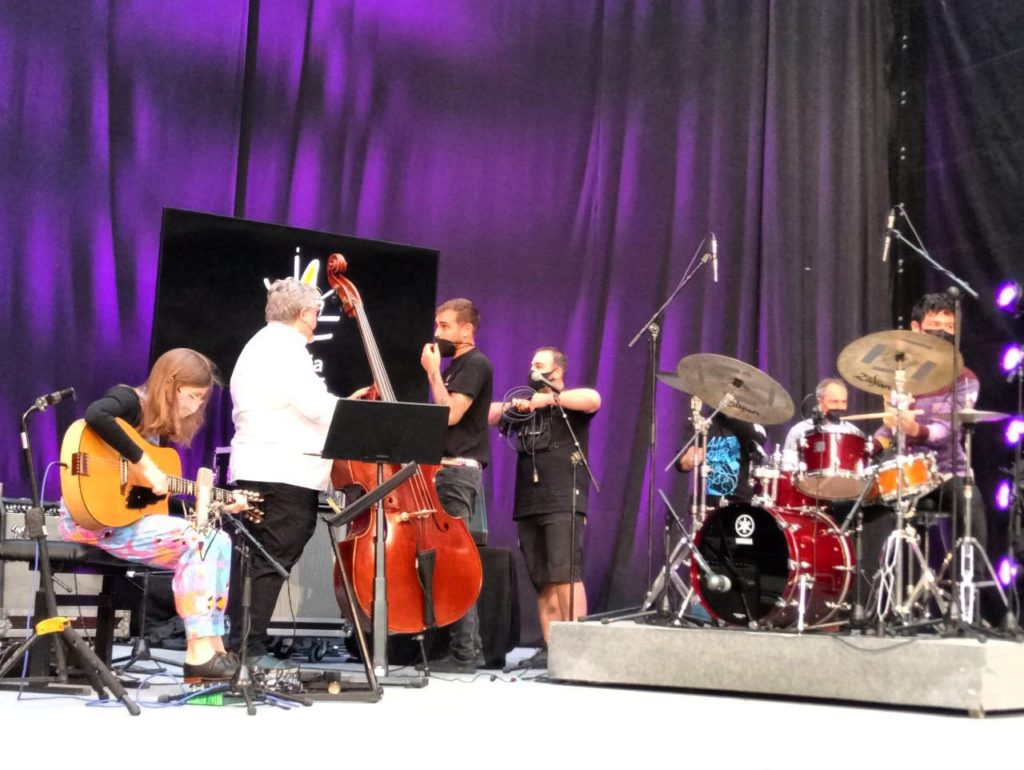
“It’s really special to play again for human beings after a year playing in front of our computers,” Antonio Sánchez said during on a date focused on composer-drummers leading their bands (The Fearless and Anne Paceo appeared on before him). Indeed, Sánchez Special Quartet – featuring Donny McCaslin, Miguel Zenón and Scott Colley – played like there was no tomorrow, showing as fact with their force and skills how much they understood the loss of countless yesterdays through their – as Sánchez named it – “active musical promiscuity.”
It was impossible not to personalize that feeling about all these months, mourning the loss of live music and human reconnecting.
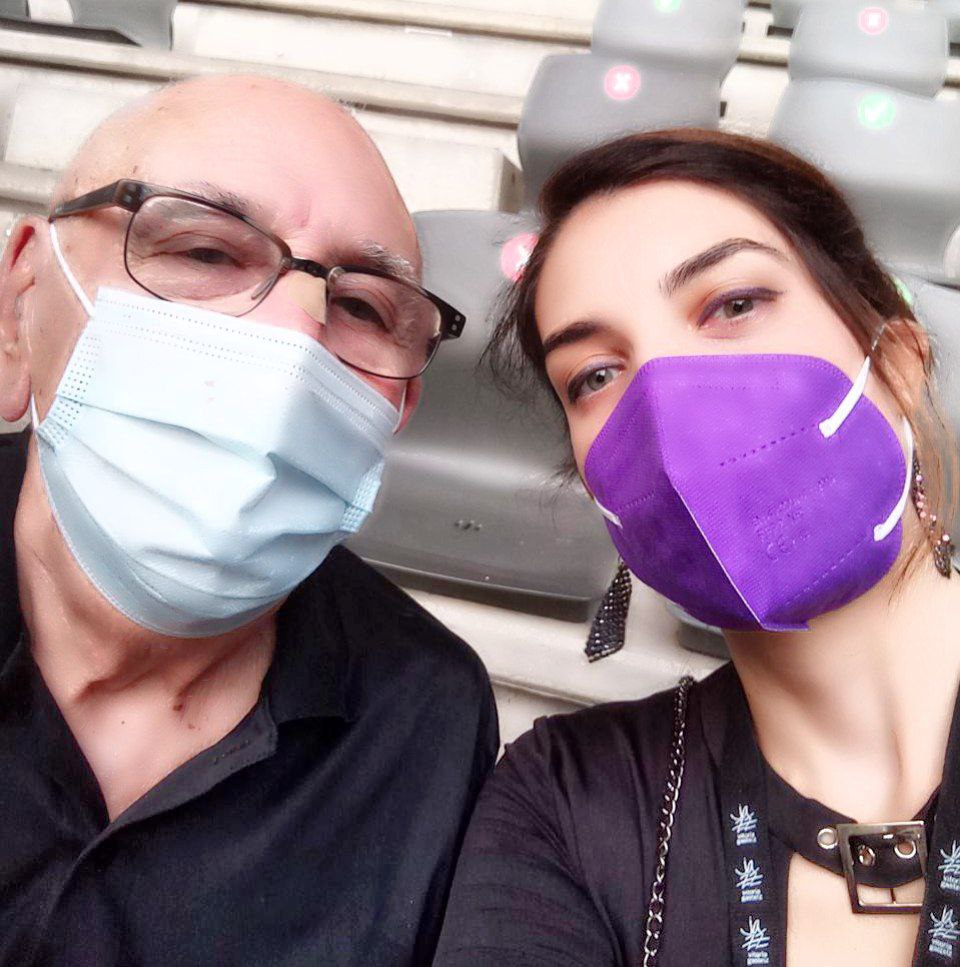
Certainly, at the beginning of this physical return to a jazz festival it felt like the mind was trying to understand again what used to be the norm, while wandering between places, the then and the now, with a dreaming-like feeling.
But then music and people claimed your attention, succeeding in making you focus on the sounds, value the once-regular faces and enjoy conversations.
So now we want to think that while the dominos keep falling a path will be forged to showing that jazz is a reality of today, because that’s what happened in JazzVitoria in spite of the politicians and the pandemic.
The only thing missing was making time stand still.

